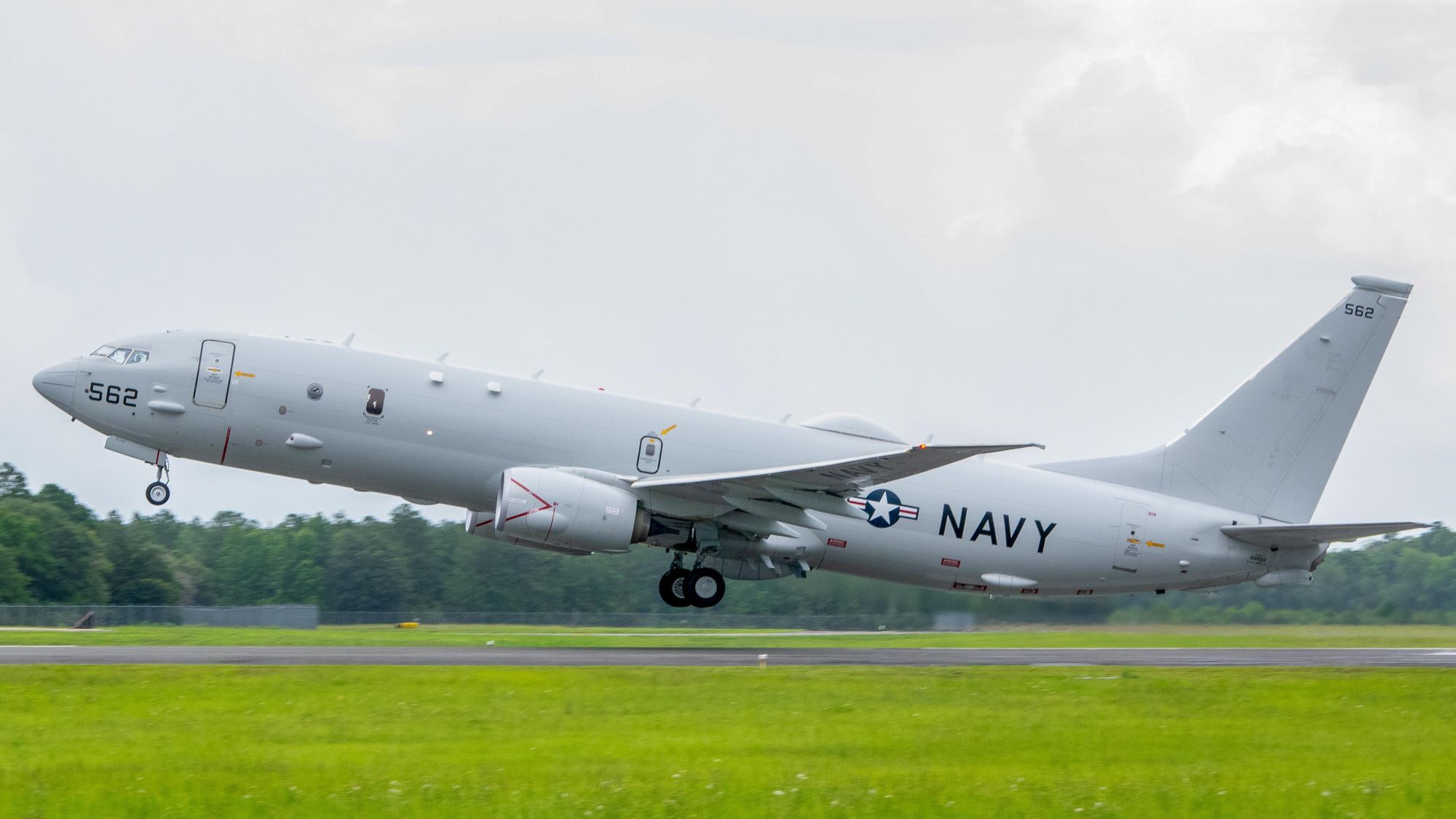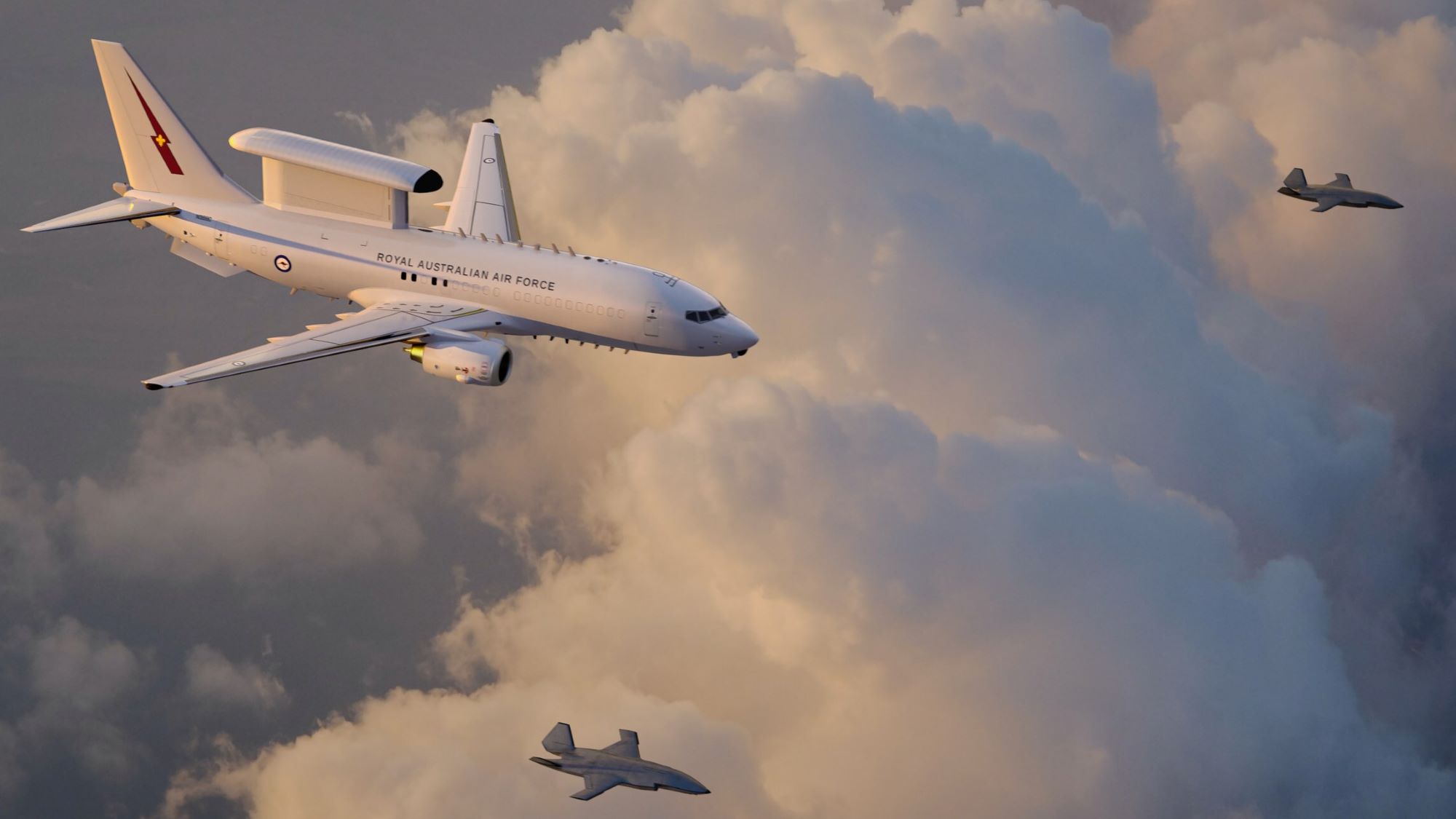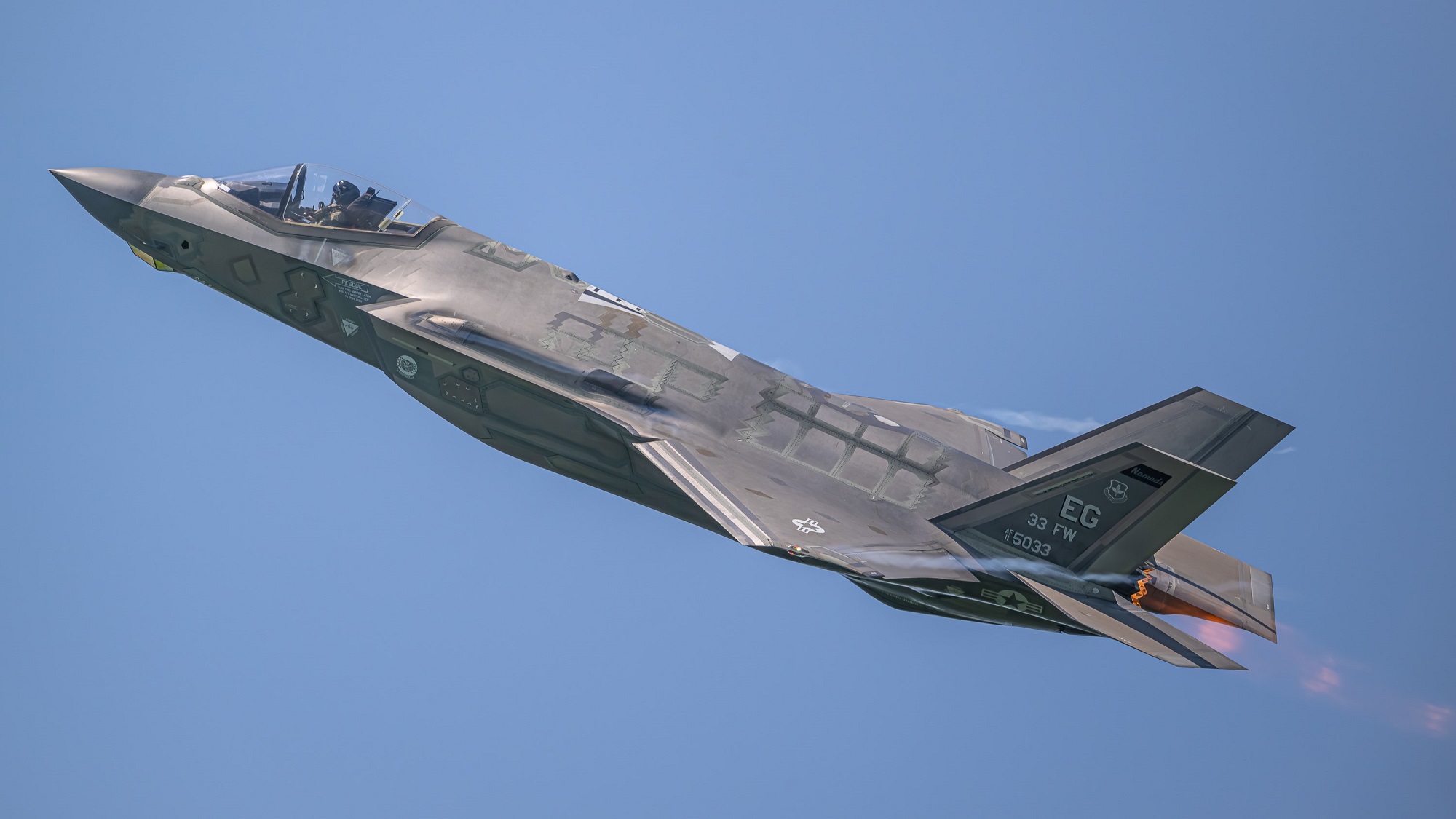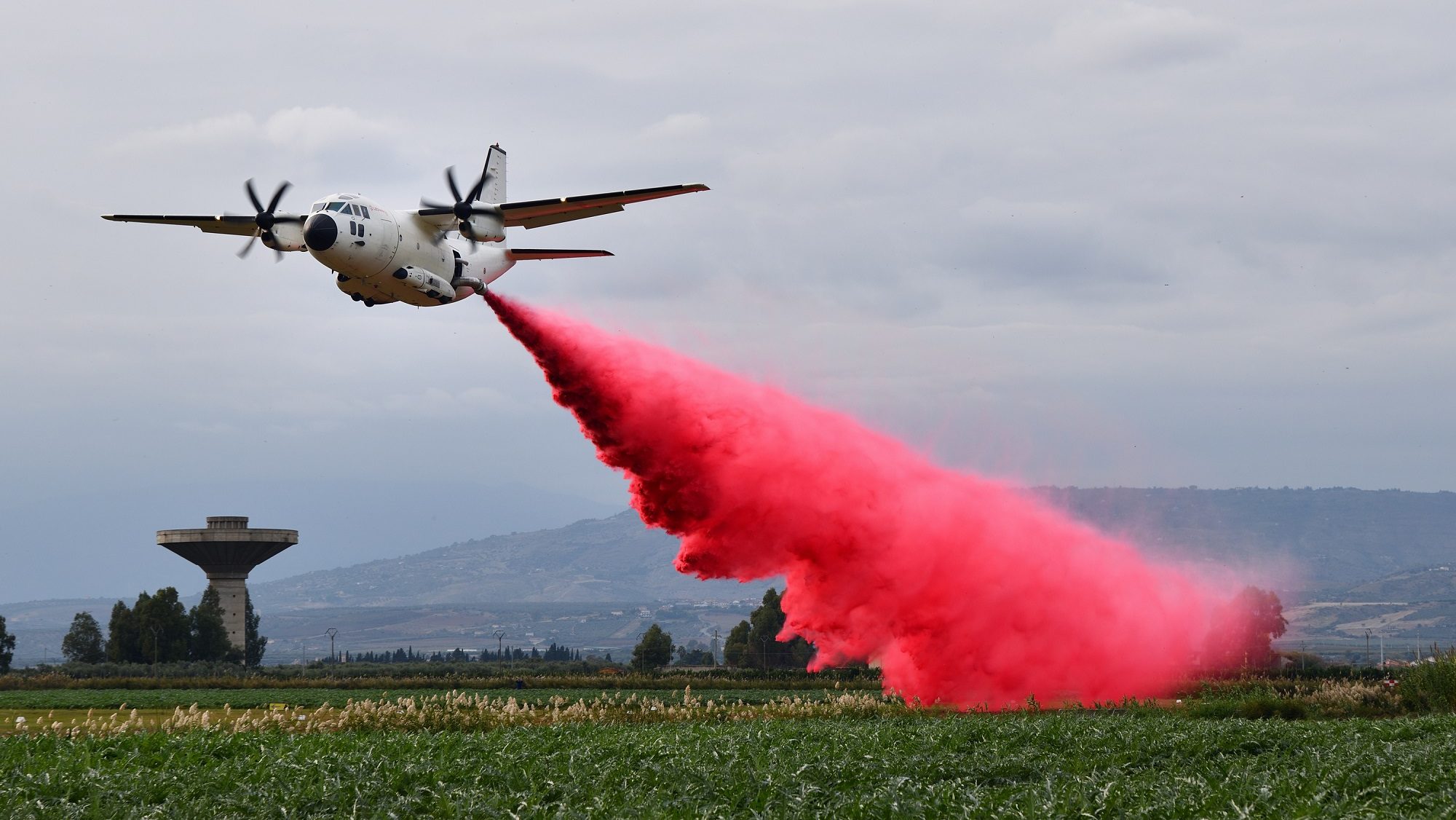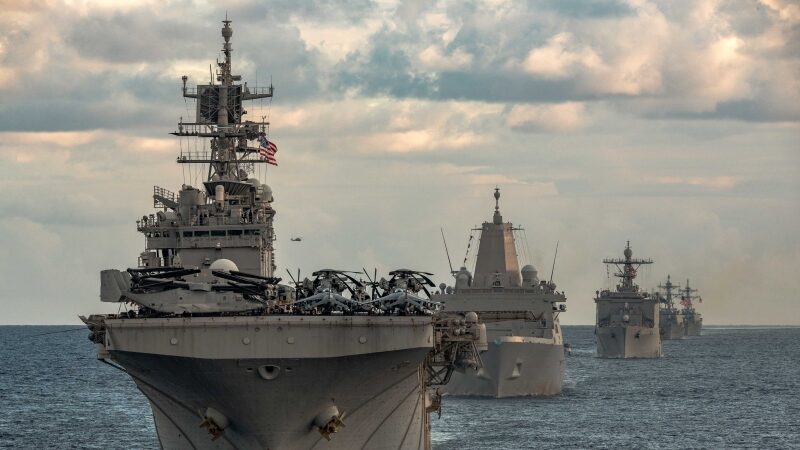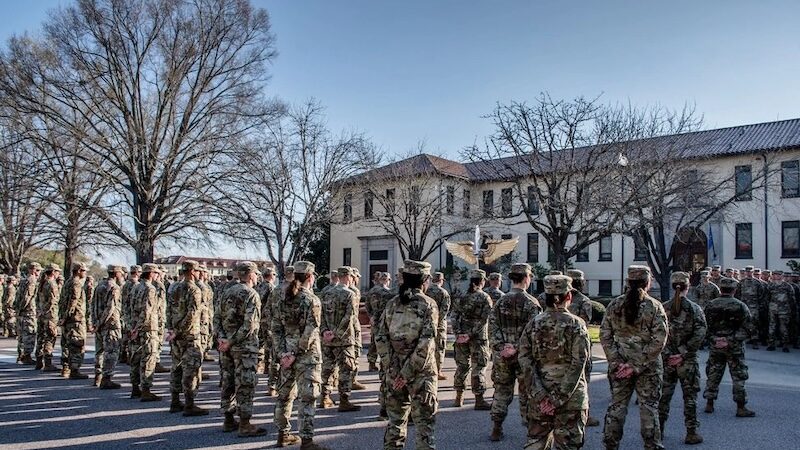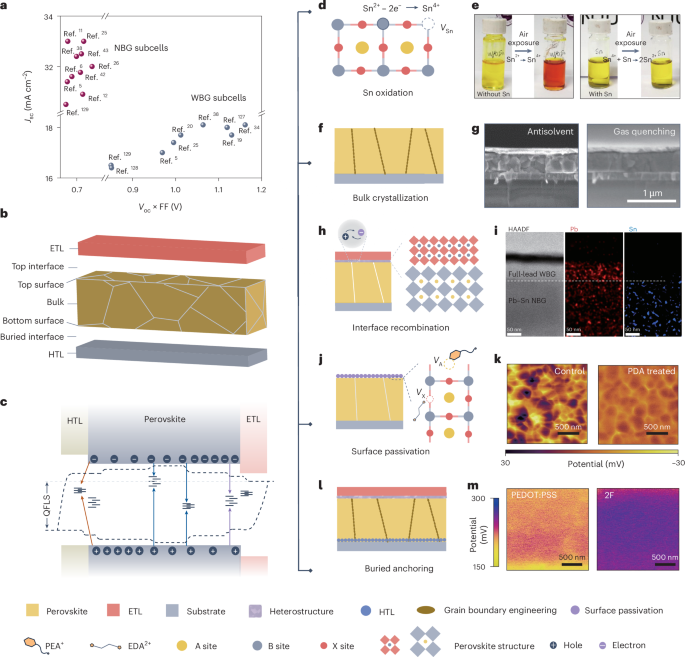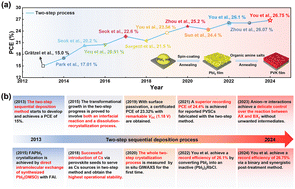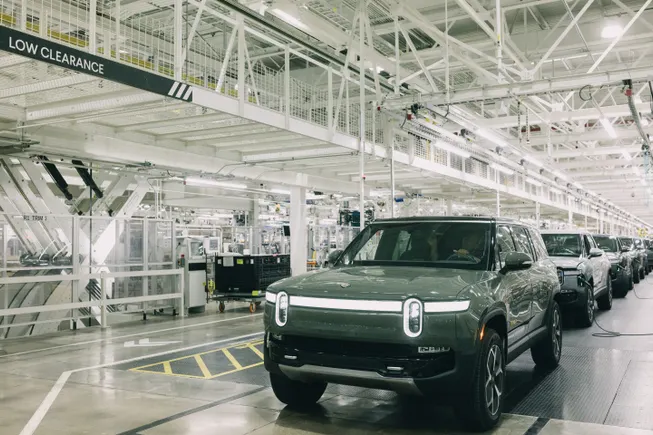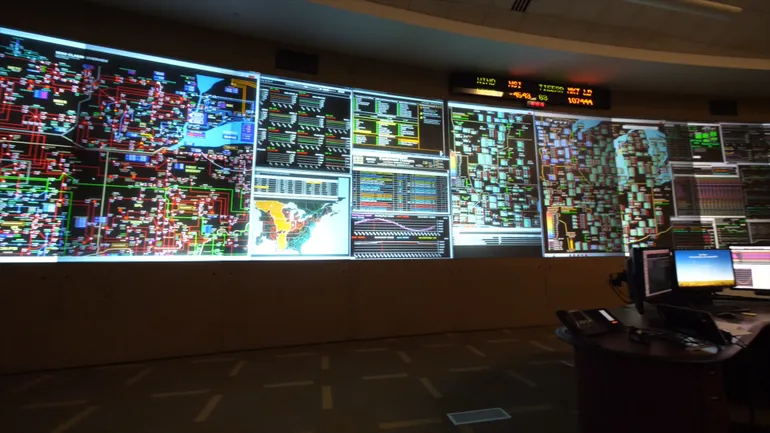Marines say they’re ‘leading the way’ in battlefield autonomy
But unique technical challenges and tech wariness keep robot trucks on a short leash.

WASHINGTON—There were a lot of big vehicles—some amphibious, with fresh camo paint—on display at the Modern Day Marine conference this week. But the smaller ones with the ability to drive themselves around stole the show.
“I think you're gonna see the Army and Marine Corps try to automate more. So you're going to see more remote operations, you'll see more autonomous capabilities,” Chuck Bunton, Oshkosh Defense’s associate vice president for program management, told Defense One.
That is especially true for the Indo-Pacific region, he said: “It'll definitely help [with] distributed fires and expeditionary advanced base operations in the island chains with unmanned platforms.”
Last week, the Marine Corps deployed the Navy-Marine Expeditionary Ship Interdiction System, or NMESIS, a ground vehicle-based missile system used to kill ships, in the Philippines for the first time, as part of an annual large-scale joint force exercise—a move that prompted a show-of-force response from China.
The NMESIS weapons system sits atop an uncrewed Joint Light Tactical Vehicle and is part of the Corps’ Remotely Operated Ground Unit for Expeditionary Fires program. The Corps has 15 prototype vehicles for ROGUE-fires and is expected to get the first six of 48 low-rate initial production units this June. Full-rate production is expected by early 2027.
“From a ground vehicle perspective, the Marine Corps is leading the way here by fielding an unmanned JLTV out in the Pacific,” Bunton said. ROGUE-Fires is “everything that you would expect from your JLTV, all the mobility and the payload capacity,” but without a human operator in the truck.
The vehicle is equipped with a full autonomy stack so it can drive itself, along with other features like being able to follow a crewed vehicle down a path and for remote control operation. But for ROGUE-Fires, the Marine Corps is sticking with leader-follower and manual remote control options for now.
“NMESIS is tele-operated, neither autonomous nor unmanned. Human operators are in the loop for both ground mobility and firing operations. For mobility, NMESIS follows a vehicle with an installed Leader Kit, and the leader vehicle will be crewed with a human operator. Modes of mobility include towed, remote (wireless leader/follower and tele-op) and garrison (wired),” said Morgan Blackstock, a spokeswoman for Marine Corps Systems Command.
Right now, NMESIS is authorized to operate in towed, tele-op, and garrison or wired modes, said Morgan Blackstock, a spokeswoman for Marine Corps Systems Command.
“As technology matures, NMESIS will employ leader/follower modes. For firing operations, a fire control operator in the Mobile Command Vehicle (MCV) plans the mission and orders the launcher to fire,” she said via email.
And while the vehicle has an autonomous suite, the aim is to have NMESIS graduate to using the leader-follower mode next year.
“While autonomy technology is rapidly evolving and the NMESIS program is planning for future improvements, the current focus is enabling the leader/follower mode in the systems that will begin fielding in 2026 and ensuring Marines are trained to operate and employ this new technology effectively.”
Autonomous tactical ground systems aren’t new. The Army has been testing autonomous ground vehicles for several years. Just five days before the U.S. shutdown for COVID-19, I rode in an autonomous truck convoy of Palletized Load System trucks often used for resupply.
The robot trucks were part of the Army’s now defunct leader-follower program, which aimed to develop and test autonomous vehicles that could help keep troops safe during supply runs.
The tech lives on in the Army’s GEARS program and the Marine Corps’ ROGUE-Fires program.
Oshkosh showed off the vehicle complete with a logistics payload instead of missiles at Modern Day Marine and plans to put the tech on other, larger vehicle platforms.
“This technology most certainly could be scaled to other vehicles. And Oshkosh proved that with our partners Forterra and Raytheon recently at Project Convergence,” Bunton said, referring to the Army’s annual tech demonstration in March.
The company tested crewed and uncrewed versions of the Family of Medium Tactical Vehicles on various fires missions, Bunton said. “We're proving that it not only works on this platform, but it can be scaled to our other portfolio vehicles. And with that comes increased payload.”
Earlier this year, Oshkosh was awarded a $30 million contract modification to integrate next-generation autonomy, such as self-driving technology fueled by Forterra, for ROGUE-fires vehicles.
In autonomy we trust?
While there’s a demand for autonomous ground vehicles, there’s also a tug-of-war between what the tech can do, what the military is asking for, and how they’re using it.
“The state of technology is mature enough now that the tech is combat relevant,” Phil Cotter, Forterra’s head of tactical robotics and contested logistics, told Defense One. “It's matured to a point where to close that last 10% or 20% gap of performance and relevance, we have to be in the hands of [operators]. It's going to be captains and corporals who wear uniforms and carry guns for a living who are going to determine whether or not this stuff works, what tweaks need to be made, what kind of modular mission payloads are the ideal ones to close the most meaningful near-term CONOPS.”
Robots on wheels are familiar in real life, such as Waymo mapping city streets, small gizmos delivering food, and even Tesla's controversial autopilot feature. And their utility in land battles is seemingly clear: send the robot vehicles to places that are too dangerous for troops to go.
From Forterra’s booth, I got to teleoperate a system located in Idaho. I struggled to get it out of a ditch and also drove it too close to obstacles, which it didn’t like. But it operated just fine once it was given a mission to get from one point to another without my help.
Those difficulties help make the tactical case, but there’s some hesitation in fielding the self-driving parts.
One of the challenges with fielding autonomous ground vehicles is clearly defining exactly what autonomy means, which can lead to the military asking for something it doesn’t need or delaying adoption because existing tech fails to meet an amorphous ideal.
There seems to be a desire for solutions that ring a “little bit science fiction” where the platform is “so fully autonomous that it's doing things on its own,” such as adjusting its mission profile based on information gleaned from the environment instead of fielding existing tech with software that “gets better and better and better” over time, Jason Scheib, director of business development for Rheinmetall, told Defense One.
So what can they do? Give a robot truck a mission and it “can be performed and executed very accurately now,” Scheib said.
Rheinmetall has been working with the Marine Corps Warfighting Laboratory on the capability since 2023. The lab bought 13 vehicles from Rheinmentall that are being used in experimentation. The service has also indicated it wants to develop requirements for a multi-purpose uncrewed ground vehicle.
Rheinmetall’s system allows operators to push a button on the front of the vehicle to activate a “follow-me” mode,” Scheib said. That tells the robot to follow the service member, record the path, and “when they get there, [the user can] hit a replay button, and it just turns around and goes back to where it started.”
There’s also a call for weapons systems on autonomous ground vehicles.
“We are in the process of delivering remote-control weapons stations as an additional payload to those vehicles that they purchased. And this is all in an effort to get it to a program of record where they really start using the vehicles and mass numbers,” Scheib said.
But even as Marine Corps leaders are calling for more robots and autonomous platforms,there’s still a hint of trepidation.
“Modernization can't exist without autonomous platforms,” Gen. Eric Smith, the commandant of the Marine Corps, said Thursday in a keynote speech that also touched on his “digital immigrant,” tech-hesitant status.
“You can drive a Tesla and never put your hands on the wheel,” Smith said. “So for those of you that have a Tesla, I applaud you. I'm never going to do it. But I understand the concept, because it frees up a human to do other things. So that lethal autonomy, once the green light is given, that is how we're going to stay ahead of the adversary: to be lethally autonomous.”
That hesitation can also translate in the field.
Some feedback on autonomous technology overall has been that more than one person will take care of a system even though that’s not necessary. For example, a unit may have “three people looking after one vehicle,” Scheib said. “We've catered our command and control software so that you can have one person operating three vehicles or up to 10.”
The truth is: the more the technology is used—and fielded—the easier and more natural it will be to integrate them into operations.
There are technical challenges, too. Compared to the ocean or air, terrain has more physical challenges and is more likely to suddenly change—a thatch, body of water, tall grass, shifting ground textures, or a dust kick up can all impede how the robot sees or interacts with its environment.
“When you're talking about ground systems, the environment is very complex. It's dynamic, it's changing all the time. We've got obstacles like tall grass, which sometimes is hard to navigate through,” because sensors can’t always differentiate between that from a wall, Scheib said.
“We've mitigated that with certain profile sets so that it can be programmed to drive through that tall grass. But the person that's operating has to understand…I can drive through it.”
And it still comes down to trust, Scheib said.
“The warfighter needs to be able to say, ‘OK, I'm going to push the ‘Go’ button and I can walk away and I trust that it's going to get to where it's supposed to go without having to check in on it all the time.’” ]]>








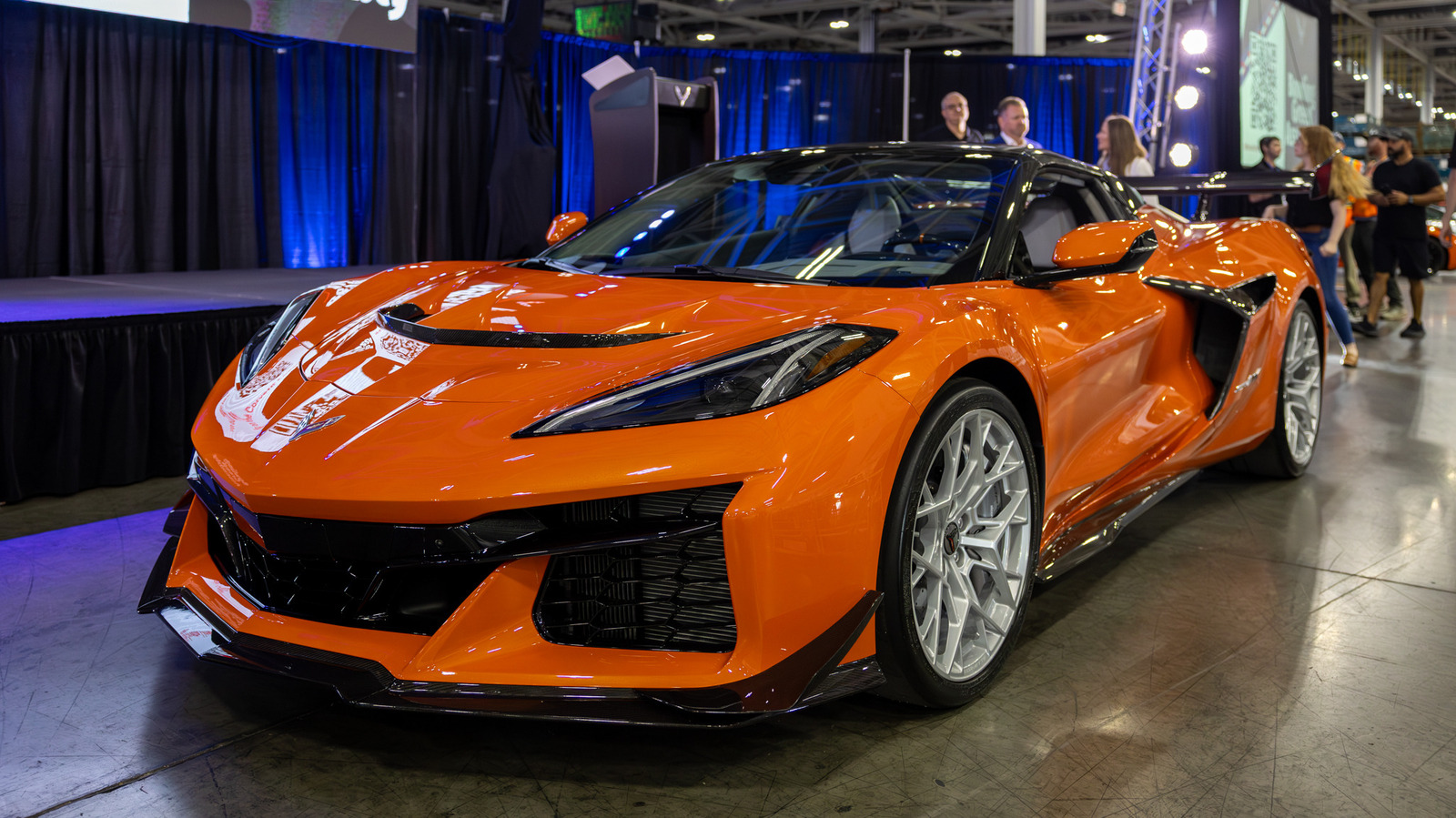
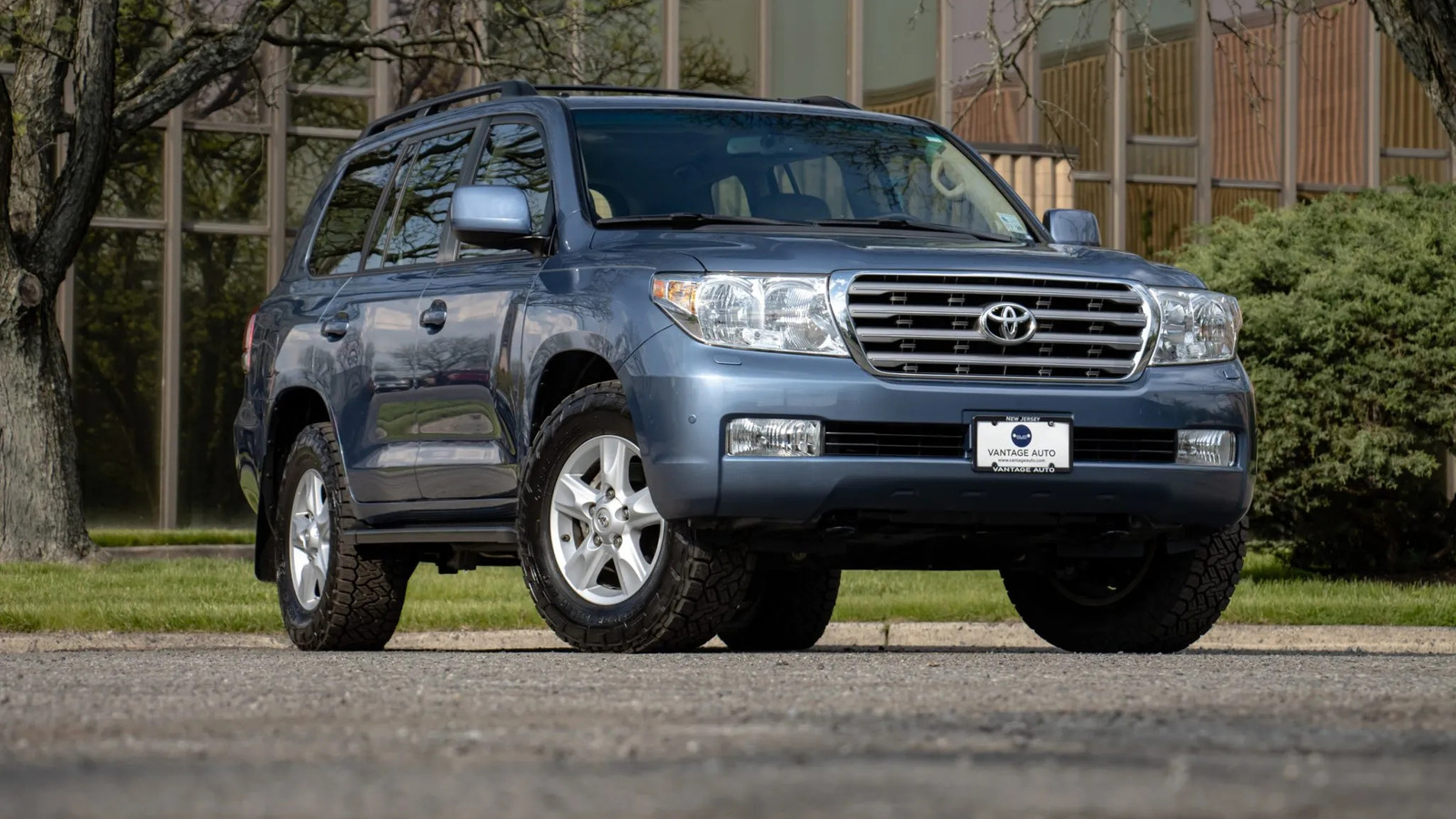


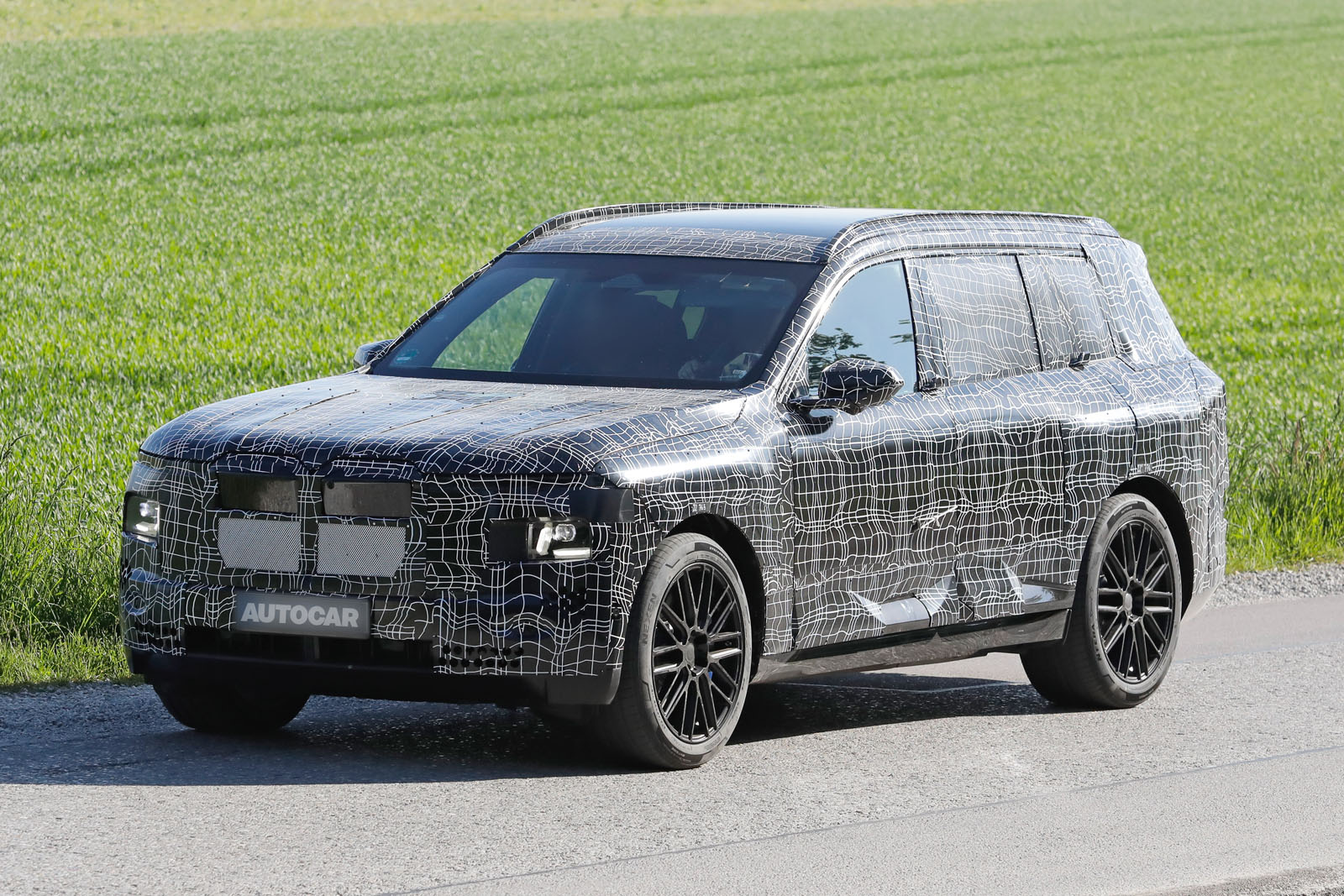











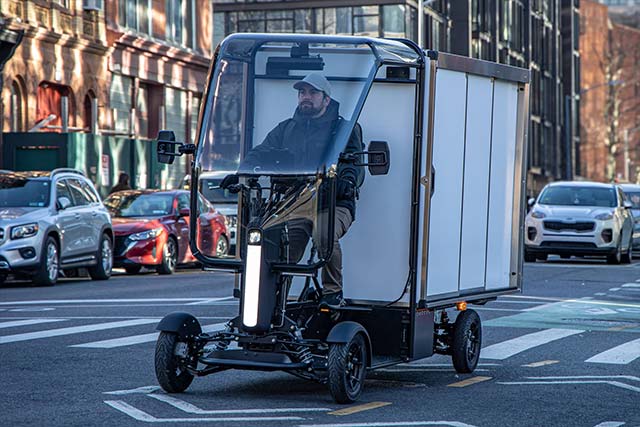
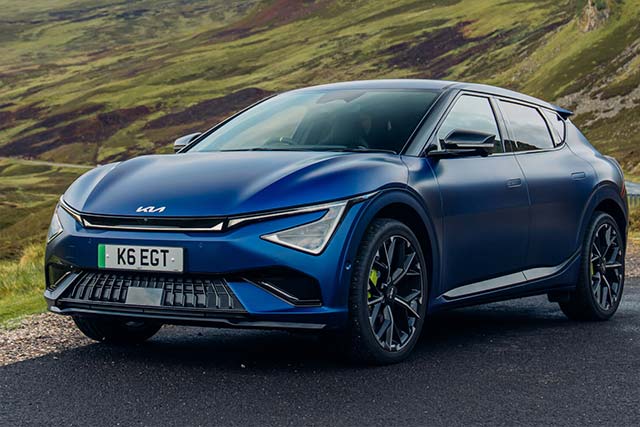




































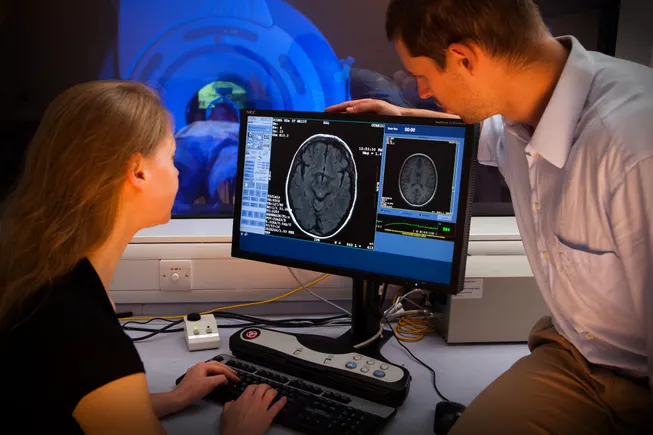


















![The sights of Paris Air Show, one last time: Day 4 [Photos]](https://breakingdefense.com/wp-content/uploads/sites/3/2025/06/20250617-helenedelacoste-Paris-Air-Show-037-scaled-e1750357690820.jpg?#)


